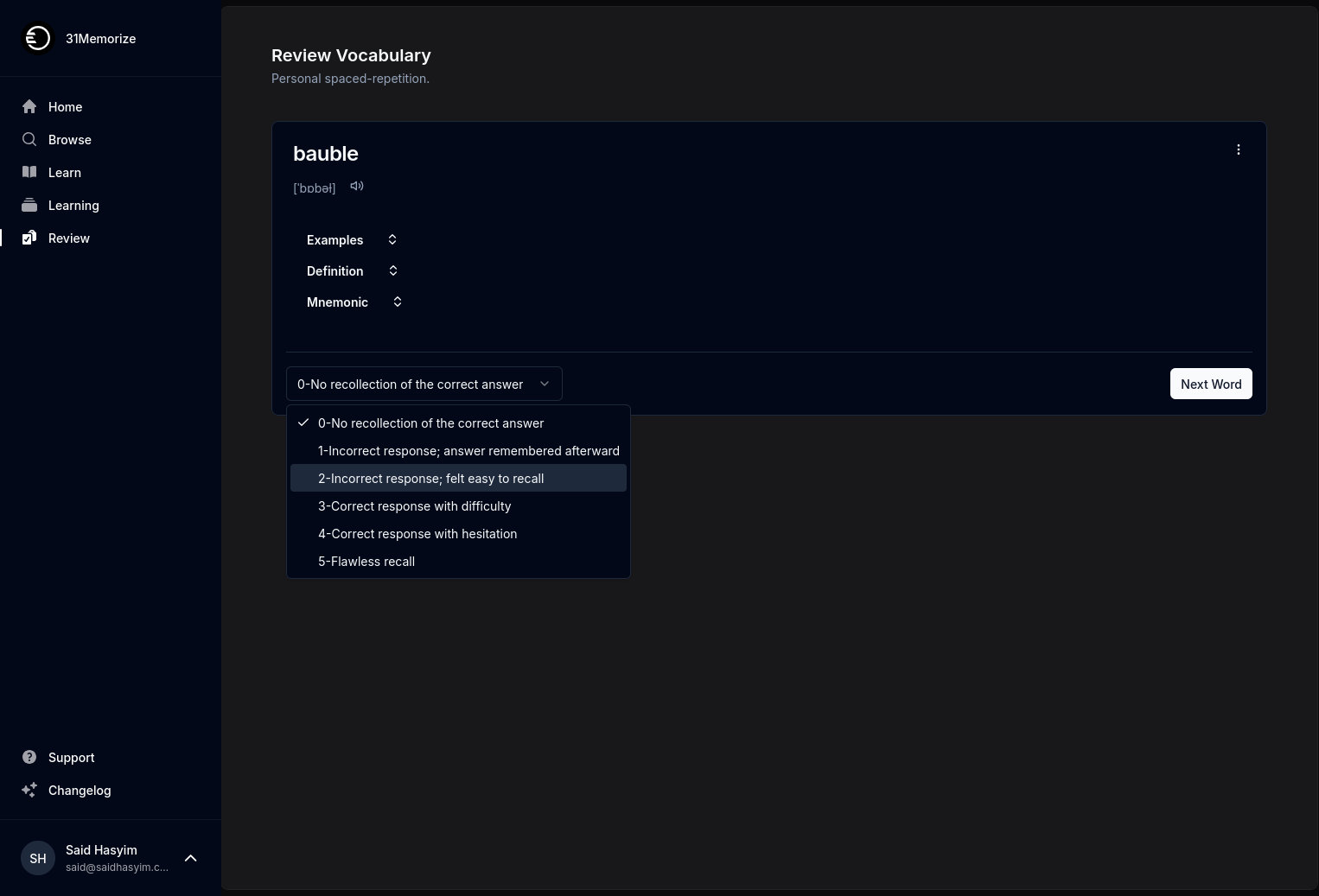Rating Metrics: What Authors Should Know
As an author, understanding how readers perceive your work can significantly influence your career. Rating metrics—such as star ratings, reviews, and sales rankings—can provide insights into your book's performance. However, these metrics can sometimes be misleading, and it's crucial to navigate them wisely. In this blog post, we'll delve into the various rating metrics that authors should be aware of, how they impact your book's visibility and success, and best practices for utilizing these metrics to your advantage.
Understanding Rating Metrics
1. Star Ratings
Star ratings are one of the most visible metrics on platforms like Amazon, Goodreads, and other book review sites. Readers often base their purchasing decisions on these ratings. A higher average star rating generally correlates with increased interest, but it isn't as straightforward as it seems.
Pros:
- Simplicity: Star ratings provide an easy visual cue for potential readers.
- Quick Assessment: They allow readers to quickly assess the general sentiment toward a book.
Cons:
- Polarization: Star ratings can polarize opinions, leading to a scenario where books either receive high praise or harsh criticism.
- Subjectivity: Different readers have different expectations; one person might give a book five stars for its entertainment value, while another might rate it lower for literary flaws.
2. Reviews
Written reviews add depth to the rating system. They provide context for the star rating, enabling potential readers to understand why others liked or disliked the book.
Pros:
- Detail: Reviews can highlight particular strengths or weaknesses, guiding readers in their decision-making.
- Engagement: Thoughtful reviews may encourage discussions and community engagement around your book.
Cons:
- Trolls and Fake Reviews: Unfortunately, not all reviews are genuine, and some may be driven by personal agendas or trolling behavior.
- Overemphasis: Authors may feel unduly affected by a single negative review, losing sight of the overall feedback.
3. Sales Rankings
Sales ranks, like those displayed on Amazon, can give authors an idea of how their book is performing in relation to others in the same category. These metrics are updated frequently and can fluctuate wildly based on various factors.
Pros:
- Live Feedback: Sales rankings can offer a real-time snapshot of your book's performance.
- Bestseller Status: Achieving a high sales rank can enhance credibility, leading to increased visibility and potentially more sales.
Cons:
- Transience: Sales rankings can change rapidly, creating an emotional rollercoaster for authors.
- Market Variance: Sales ranks can vary significantly based on genre, popular trends, and promotional efforts.
The Interplay of Metrics
It's vital to understand how these metrics interact. A book with a high star rating but poor sales may indicate that while readers appreciate the work, it lacks visibility. Conversely, a book that sells well but has low ratings may be riding a wave of marketing efforts rather than genuine interest.
The 1-2 Punch: Rating + Reviews
When evaluating a book's potential, consider both the star rating and the number of reviews. A book with a 4-star average based on five reviews might be less reliable than one with a 3.5-star average with hundreds of reviews. In essence, a larger data set often provides a clearer picture of reader sentiment.
Strategies for Authors
1. Encourage Honest Reviews
The best way to gather helpful feedback is to encourage honest reviews from your readers. While it's tempting to ask for positive reviews, remember that constructive criticism can offer valuable insights into your writing. Create avenues for feedback, such as post-purchase emails or social media engagement.
2. Engage with Your Audience
Building a loyal readership can significantly improve your rating metrics. Engage with readers through newsletters, social media, or readings. When readers feel a connection to you as an author, they’re more likely to leave thoughtful and positive reviews.
3. Don’t Obsess Over Numbers
While ratings and reviews are essential, it's crucial to keep perspective. Creative pursuits are subjective, and every author will encounter criticism. Focus on creating your best work and trust that your efforts will resonate with the right audience over time.
4. Leverage Feedback for Improvement
Use the reviews you receive as a tool for growth. Identify patterns in constructive feedback to understand areas where you can improve your writing. This practice can help shape your future projects and enhance your skills over time.
Conclusion
Rating metrics can be invaluable tools for authors navigating the competitive landscape of publishing. Understanding the nuances of star ratings, reviews, and sales rankings can help you make informed decisions about your marketing strategies and engagement with your audience. Ultimately, focus on writing the best book you can and building meaningful connections with your readers. In the long run, it's the quality of your work and the authenticity of your engagement with your readers that will shine through in those all-important metrics. Happy writing!
